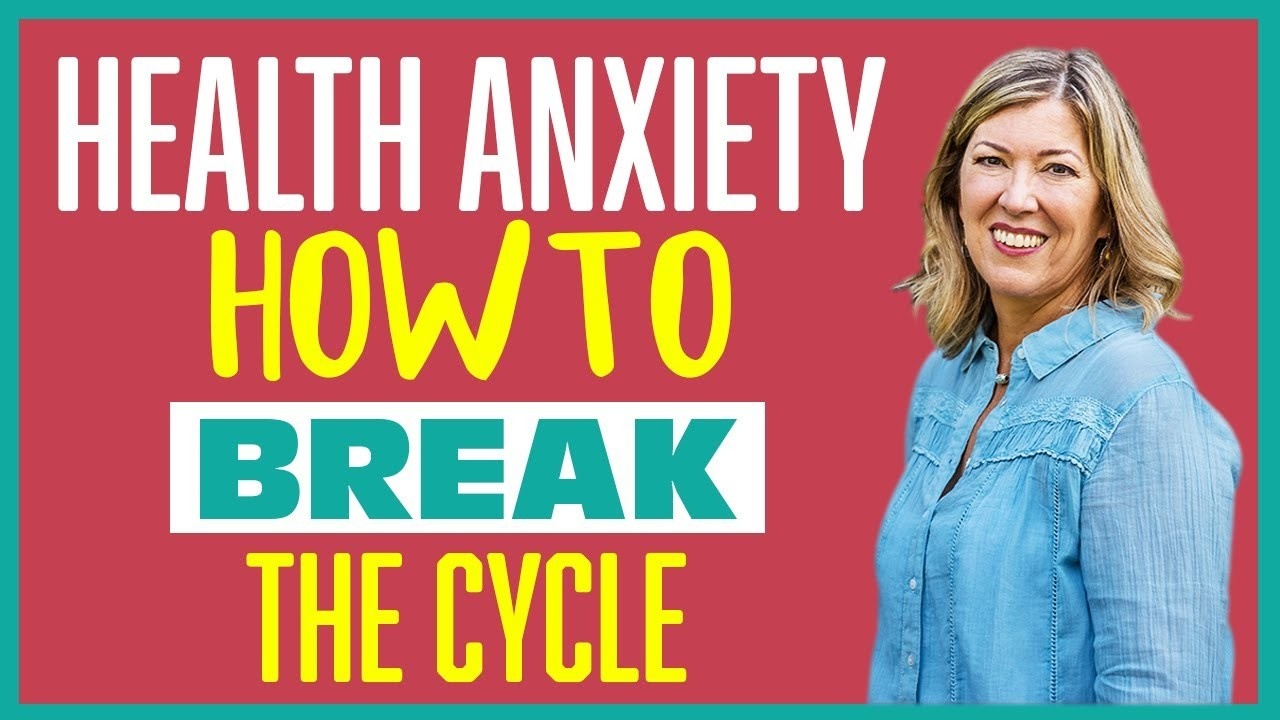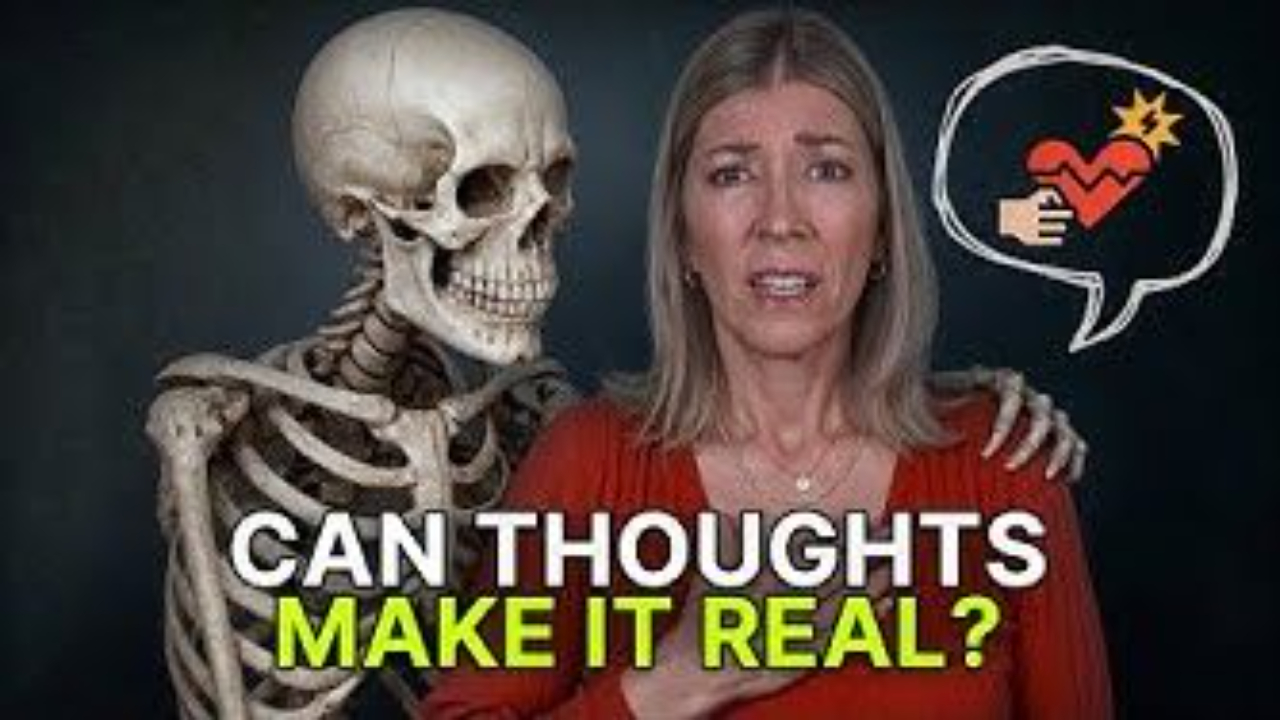
Health Anxiety: How to Break the Cycle
In this Part 2, Breaking the Health Anxiety Cycle, we delve into the pivotal process of dismantling the cycle that perpetuates health anxiety. While health anxiety can manifest in various forms, a shared element across all these presentations is the sustenance of anxiety or obsessive-compulsive tendencies through specific patterns of thinking and behaviors within the framework of the Health Anxiety Cycle.
Step 1 - Trigger:
At the top of the Health Anxiety Cycle is the trigger. This trigger could be a bodily sensation or symptom, such as a sore throat or palpitation. These sensations act as a catalyst for the cycle.
Step 2 - Perception and Misinterpretation:
You perceive or misinterpret these sensations as unpleasant, alarming, or dangerous.
Step 3 - Increasing Worry:
Worry about your health and the uncertainty of these sensations intensifies.
Step 4 - Heightened Anxiety:
Anxiety escalates, hyper-vigilance increases, and bodily sensations intensify.
Step 5 - Reassurance Behaviors:
The pivotal part of this process where individuals engage in behaviors to reassure or calm themselves. However, these behaviors inadvertently worsen the situation. Checking symptoms, seeking reassurance, avoiding certain activities, and other actions maintain the illusion of safety and reinforce the cycle.

Are you struggling with constant, obsessive worries about your health? Are you experiencing high anxiety and bodily sensations and symptoms that cause you to avoid the activities that you love? I can help you get back to enjoying your life again with Rapid Recovery from Health Anxiety: A Step-by-Step Guide to Stop Worrying and Reclaim Your Life.
Breaking the Cycle - Response Prevention:
Step 1 - the trigger is introduced: It's important to acknowledge that there isn't much you can do. Preventing the trigger is beyond your control, as triggers are an inherent part of being human. What you can do is simply recognize and accept that a trigger has occurred.
Step 2 - the initial surge of panic that you experience when confronted with a bodily sensation: When an adrenaline rush occurs, acknowledge that these sensations are a normal bodily response, you can begin to reduce the fear and anxiety associated with them. Our fear center and brain are naturally wired to overreact in certain situations.
Step 3 - worry intensifies: One strategy is to allow the worry to exist in the background, much like background noise, without giving it your full attention. A helpful analogy could be likening it to hearing neighbors play music you don't particularly enjoy. Instead of fixating on the music or your health-related concerns, you shift your focus to your ongoing activities. With practice, this approach becomes more natural and manageable over time.
Step 4 - heightened anxiety, increased hyper-vigilance: Through exposure and response prevention techniques, improvement becomes considerably more attainable. A shift toward observing anxiety without immediate reactivity is key. Rather than feeling alarmed, you can welcome and allow the heightened vigilance as a normal response. These reactions are often associated with the body's fight-or-flight mechanism, activated by the sympathetic nervous system during times of heightened anxiety or stress. By comprehending this mechanism and permitting these sensations without responding to them, you guide your brain towards understanding that these bodily responses and anxiety itself are not inherently dangerous.
Step 5 - behaviours engaged in an attempt to reassure and sooth: It is vital to emphasize the significance of this step. It’s crucial to understand that every action you take to alleviate or suppress anxiety is inadvertently exacerbating the situation. Each time you engage in actions like monitoring your bodily symptoms, checking your pulse, Googling symptoms, you're actually reinforcing your attempts to feel secure. These actions create an illusion of safety but are, contributing to the ongoing health anxiety cycle. By continually trying to make yourself feel safe, you're inadvertently perpetuating the cycle.
Here lies a golden opportunity to break free from the cycle of health anxiety and reclaim your life. The key lies in refraining from responding or reacting to the symptoms associated with health anxiety, this concept is response prevention, and it's an essential topic that we'll delve deeper into in Part 3. It's vital to recognize that your brain genuinely believes these safety and avoidance behaviors are the sole reasons for your survival. This belief is what sustains and entrenches the health anxiety cycle, keeping you ensnared within it.
Breaking free from this belief system is the crux of moving beyond health anxiety and regaining control over your life.
Let's Keep in Touch
Subscribe to My Newsletter
We hate SPAM. We will never sell your information, for any reason.







